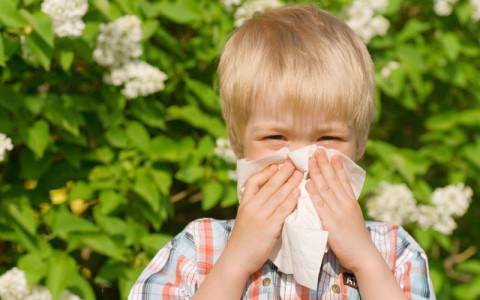A method of long-term treatment for many patients with allergic rhinitis, allergic asthma, conjunctivitis, or stinging insect allergy, allergen immunotherapy, commonly known as "allergy shots," reduces symptoms. Immunotherapy exposes patients to increasing doses of allergens in an effort to alter how the immune system reacts. For severe allergic conditions such as allergic rhinitis and allergic asthma, allergy immunotherapy is a well-established treatment, or can take xolair injection for allergies.
Shots for allergies seldom cause severe allergic reactions. In the event that a major reaction, or anaphylaxis, occurs, the procedure should be carried out in an allergist's office equipped with epinephrine auto-injectors. Always wait the entire 30 minutes at the doctor's office after the injection, and be aware that a reaction could occur hours later.
Administration of Sublingual Allergy Immunotherapy
Similar to allergy shots, the initial SLIT dose is usually given in the doctor's office. Patients can then take the pills at home. But in the event of a severe allergic reaction or anaphylaxis, epinephrine auto-injectors must be ready.

Drops of liquid allergen extracts are held under the tongue in another variation of SLIT. In the United States, this is not permitted for use. Health insurance often does not pay for the procedure.
Renewed efforts to streamline Sublingual allergy Immunotherapy regimes and lessen their dangers are being made as a result of the current focus on the function of T regulatory cells. Recombinant allergens and the development of more standardized vaccinations are two future directions for Sublingual Immunotherapy that should both enhance its safety profile.
There are shorter allergy immunotherapy regimens that allow the child to go more quickly to the maintenance dose. This may pose a higher risk of negative reactions and is not suitable for all kids.
Potential Side-effects
Rare systemic responses can cause hives, swelling, coughing, wheezing, allergy symptoms in the eyes and nose, low blood pressure, and coughing up blood. The child's allergy appointment would be the first place to treat any severe problems. Children will be taken, if necessary, to the emergency room, which has access to life-saving drugs and medical supplies. Allergywest.com is a fantastic resource for allergy test prep. Allergy skin testing is the most convenient and accurate way to identify what is triggering your nasal, ocular eye or respiratory allergy symptoms.
If the child has a cough, is wheezing, or is unwell prior to receiving an allergy shot, severe adverse reactions are more likely to happen.
The majority of serious responses happen within 30 minutes, so we ask that the parent and the kid remain in the doctor's office for 30 minutes following each dosage increase. The allergy shot for the child will need to be rescheduled if the family is unable to wait 30 minutes following the injection.
For more info:-
Source URL:-
http://reveeo.com/blogs/insights_on_the_allergy_immunotherapy/1